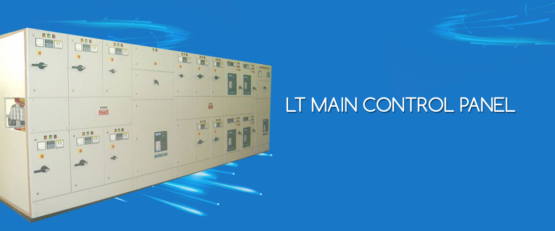- You have no items in your shopping cart
- Continue Shopping
In the world of electrical engineering and power distribution, VCB panels play a crucial role in maintaining the reliability and safety of medium voltage systems. VCB, which stands for Vacuum Circuit Breaker, is a technology that has revolutionized the way electrical faults are managed in various industries. In this article, we’ll delve into the details of VCB panels, their components, working principles, and the benefits they bring to the table.
Introduction to VCB Panels:
VCB panels are integral components of medium voltage substations and power distribution systems. They are designed to protect and control electrical circuits by interrupting or establishing the flow of current. Unlike traditional circuit breakers that use air or oil for arc interruption, VCB panels utilize a vacuum to quench the electric arc that forms when the circuit is interrupted. This vacuum technology makes VCB panels highly efficient and reliable.
indobazzar.in
Components of a VCB Panel:
- Vacuum Circuit Breaker: The core component of the panel, the vacuum circuit breaker, is responsible for interrupting the current flow in the circuit. It uses a vacuum to extinguish the electric arc, preventing damage to the contacts and ensuring a quick and safe interruption.
- Control Panel: The control panel houses the various control and monitoring devices that allow operators to manage the circuit breaker’s operation. This includes buttons, switches, indicators, and protection relays.
- Current Transformers (CTs) and Voltage Transformers (VTs): CTs and VTs are used to measure current and voltage levels in the circuit, providing crucial data for protection and monitoring systems.
- Busbars: Busbars are conductive bars that carry the current between various circuit breakers and other components within the panel.
- Protection Relays: These devices monitor the current, voltage, and other parameters of the circuit. If any abnormal condition is detected, the protection relay sends a signal to the circuit breaker to open and isolate the faulty section.
- Interlocking Mechanism: VCB panels are equipped with interlocks that prevent incorrect operations, ensuring the safety of both equipment and personnel.
Working Principles:
When the current flowing through a circuit needs to be interrupted, the VCB is operated. Upon receiving a signal from the protection relay, the vacuum circuit breaker’s contacts open, creating a gap where the current was flowing. As the contacts separate, an electric arc is initiated due to the residual current. However, the vacuum within the VCB quickly extinguishes this arc, ensuring a safe interruption without damaging the contacts.
Benefits of VCB Panels:
- Reliability: Vacuum technology is highly reliable, ensuring quick interruption of faults and minimizing downtime.
- Low Maintenance: Unlike oil-based circuit breakers, VCBs require minimal maintenance since there are no oil-related concerns.
- Environmentally Friendly: VCBs are eco-friendly as they do not use harmful gases like sulfur hexafluoride (SF6) commonly found in some other circuit breakers.
- Compact Design: VCB panels are designed with space efficiency in mind, making them suitable for installations where space is limited.
- Safe Operation: The vacuum arc quenching mechanism makes VCB panels safe for both equipment and personnel.
Conclusion:
VCB panels have transformed the landscape of medium voltage power distribution with their reliable performance, low maintenance, and safety features. Understanding the components and working principles of VCB panels helps engineers and professionals make informed decisions when it comes to implementing robust electrical systems. As technology continues to advance, VCB panels remain at the forefront of ensuring efficient and secure power distribution in various industries.




